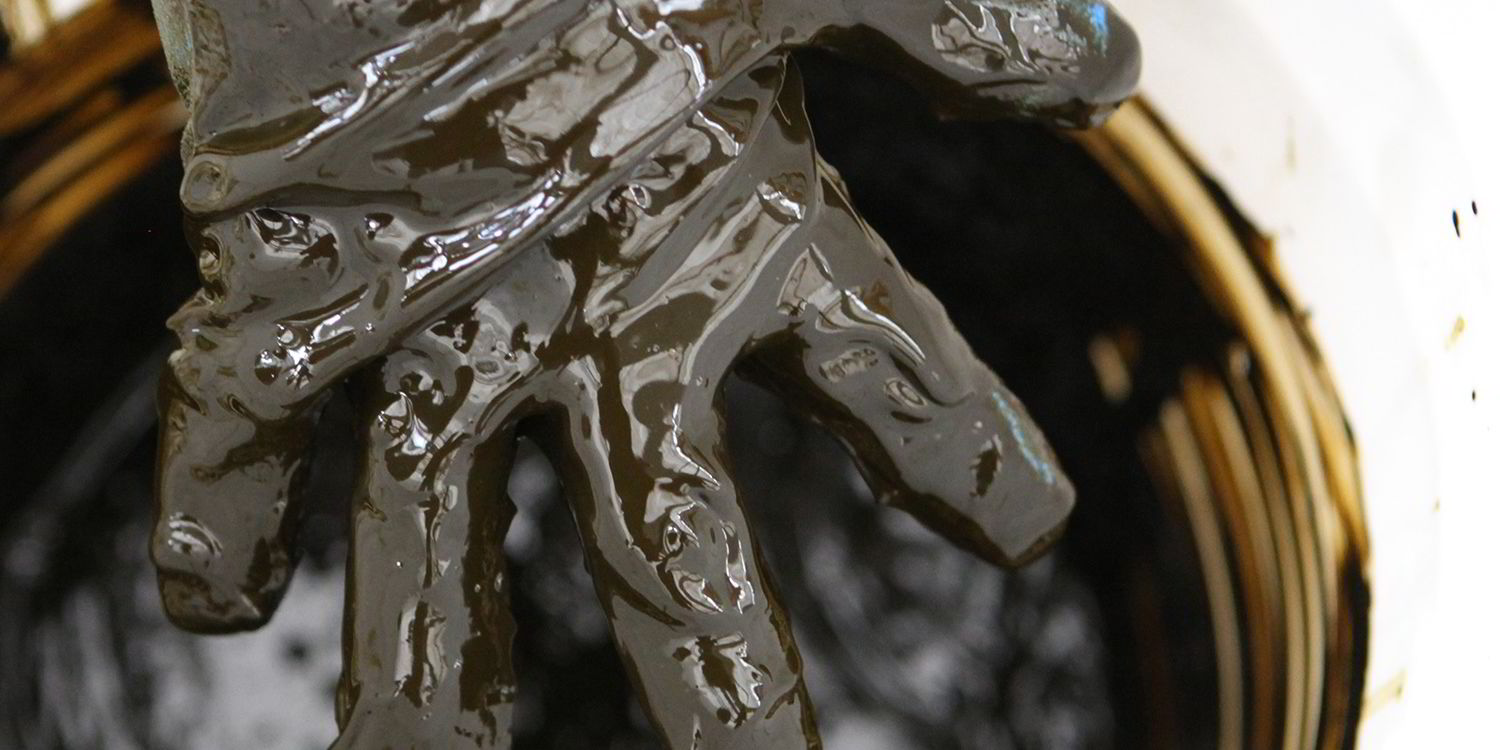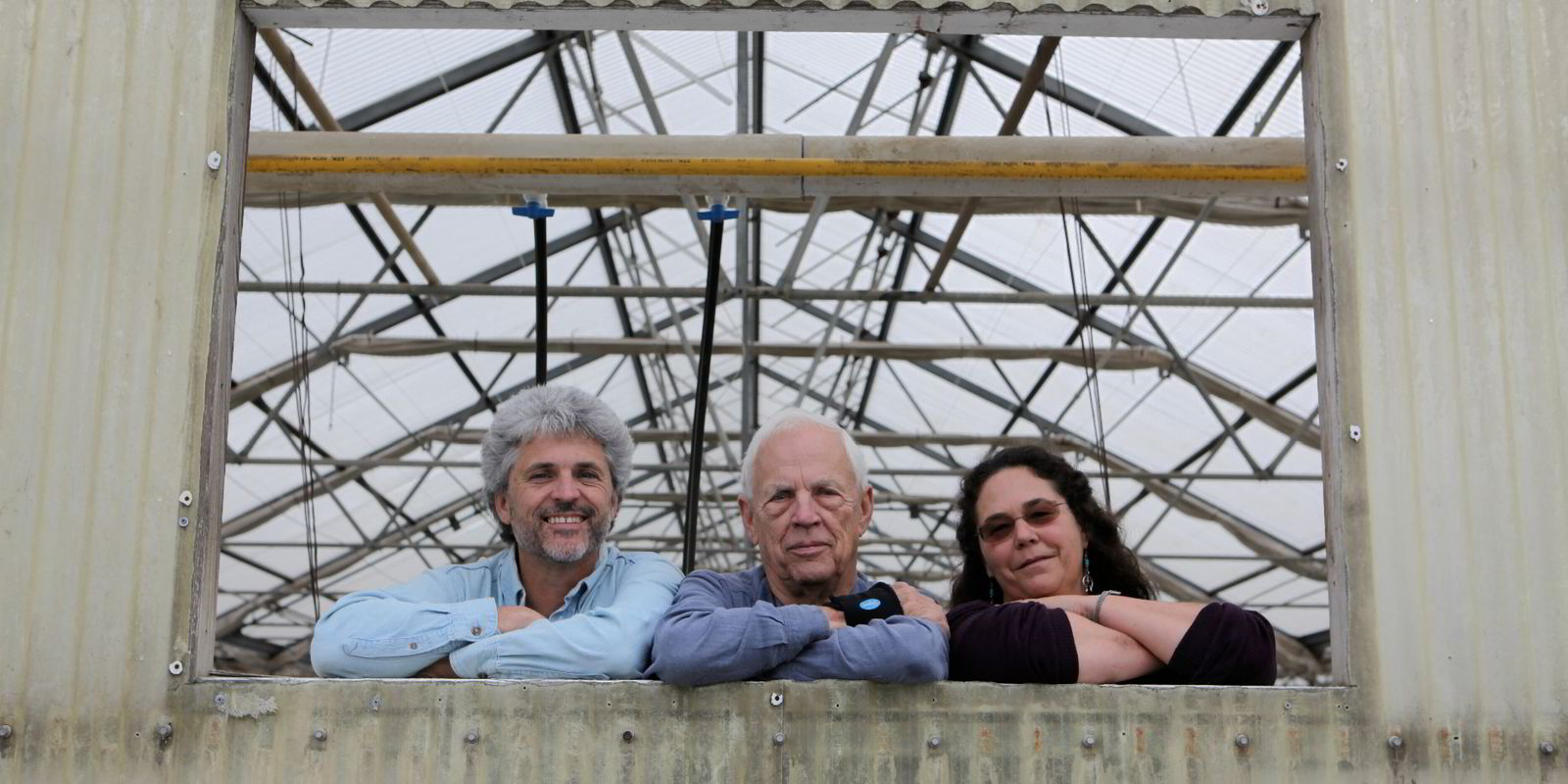SPONSORED CONTENT
On its website, NOAA states: “While all animals need to eat and all farmed animals need to be fed, aquaculture represents the most efficient method by which to convert feed to edible protein. Research through the NOAA-USDA Alternative Feeds Initiative has accelerated progress toward reducing fishmeal and fish oil use in aquaculture feeds while maintaining the important human health benefits of seafood consumption. The remarkable progress in developing alternatives has reduced reliance on wild fish caught for this purpose.”
As the world population grows, aquaculture holds great promise to help meet the nutritional needs of the world. Increased demand for seafood means a higher demand for algae, of which there is a limited supply because it is difficult and expensive to grow. Algae concentrates will provide a readily available and reliable source of high quality nutrition to ensure consistent, successful commercial seafood production. Concentrates have a proven track record for increasing survival and growth rates.

------------------------------------------------------------
Algae concentrates – what you need to know
- Algae concentrates are high-density suspensions of algae cells
- High-density feeds are key to making intensive (high-density) rotifer cultures possible
- Intensive cultures greatly reduce the footprint of rotifer production systems in finfish hatcheries
- Algae concentrates eliminate the need for hatcheries to invest in their own algae production systems, which in turn:
- Significantly improves hatchery efficiency
- Reduces initial investment costs
- Reduces labor costs
- Simplifies hatchery management
- Eliminates vectors of contamination
- Use of algae concentrates for other aquacultured species provides the same advantages – creates platform for high density production and Specific Pathogen Free production (SPF) – especially important in shrimp production.
- There is increasing use of algae concentrates in bivalve aquaculture.
- Bivalves are dependent on algae at all life stages, unlike most other aquacultured species.
- There is increasing use of algae concentrates in shrimp larviculture.
---------------------------------------------------------------
As aquaculture grows and our oceans increasingly need nurturing, one of the best ways to support human food production is to reduce the infrastructure needed for commercial seafood (space, physical plants, water, energy) and to improve the hatchery phase of aquaculture. Concentrates will enable better control over hatchery processes, making the hatcheries more efficient and cost-effective. Reed Mariculture’s Instant Algae® concentrates provide all the advantages and benefits of live algae because the whole cell of the marine microalgae is preserved through their proprietary, biosecure process, encapsulating all the nutrient value. Reed Mariculture makes indispensable algae feeds available without the large investment of infrastructure, time and labor that would be required by hatcheries to grow algae themselves.
Concentrates can be a real game changer for production of certain seafoods. For example, concentrates are being used to make high density oyster larviculture possible, to greatly expanding hatchery capacity without increasing hatchery infrastructure. As was the case with totoaba, a treasured fish from the Sea of Cortez, and mangrove crabs in Palau, concentrates can support programs to keep endangered species from going extinct, and to rebuild stocks of species that serve as important human food sources.

